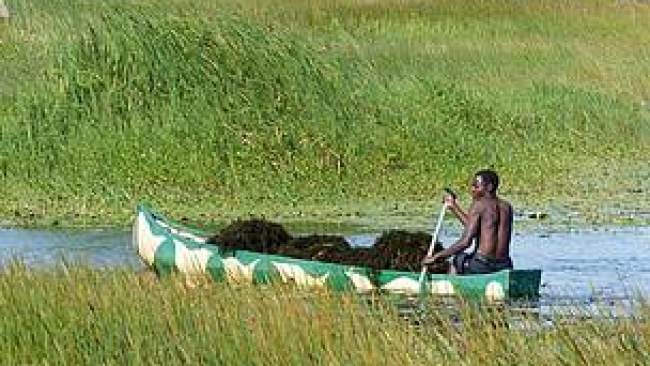Why southern Africa’s peace parks are sliding into war parks
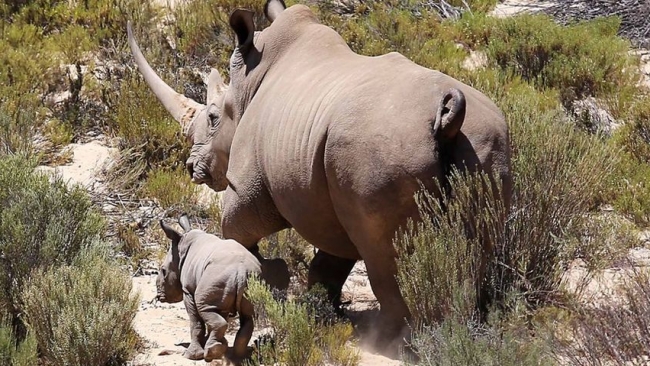
Many books have been written on peace and war. But proposals to promote peace among nations through nature conservation in the war-torn borderlands of India and Pakistan, North and South Korea and other regions have only recently become prominent.
These proposals also gained momentum in post-apartheid southern Africa. It took place in the form of cross-border conservation areas popularly known as peace parks.
Peace parks are intended to conserve biodiversity, enable community development and promote a peaceful co-existence of nations. In southern Africa, they are backed by powerful people and companies, major conservation organisations and current and former presidents, like the late Nelson Mandela.
In a recent paper we account for why and how the current campaign against rampant rhino poaching has run counter to the ideals of peace parks. Our argument is that the concept and marketing of peace parks have failed to deal with, and given a proper place to, the region’s violent history.
This history relates to South Africa’s counterinsurgency military tactics that included mass killings and torture inside the country as well as in the region. The apartheid government, headquartered in Pretoria, also destroyed key infrastructure to enforce the region’s dependence on South Africa.
But the omission of this history has had far-reaching and tragically ironic consequences. Violent tactics, some of them with deep roots into the region’s traumatic past, are being used to defend peace parks and rhinos. This violence contradicts the very ideas of peace and harmony that peace parks were supposed to embody.
The history of the region shows that during the Cold War and also under apartheid, there was a great deal of politically inspired violence. South Africa was at the forefront of this violence but the atrocities it committed in neighbouring countries have never been addressed. There has been no politically inspired healing process in the region and it has never been suggested.
South Africa had an inward-looking Truth and Reconciliation Commission that sought to reconcile victims of apartheid-era violence and the perpetrators. A region-wide commission of inquiry was necessary to uncover apartheid-era atrocities in the region and to lay the ground for reparation. Peace parks stepped into this vacuum with a proposition for peace that had no explicit political and socio-economic redress.
Source: Times LIVE
Mon 22 Feb 2016 at 08:17
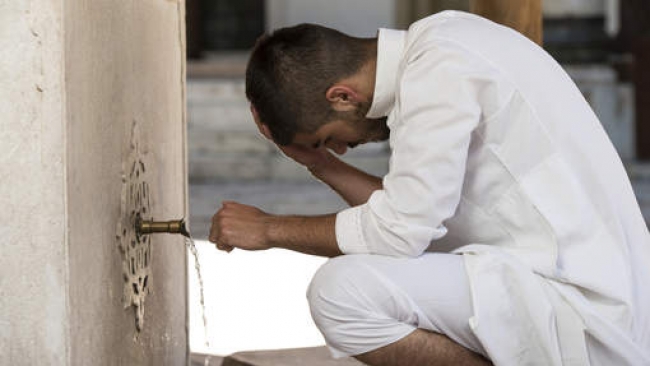
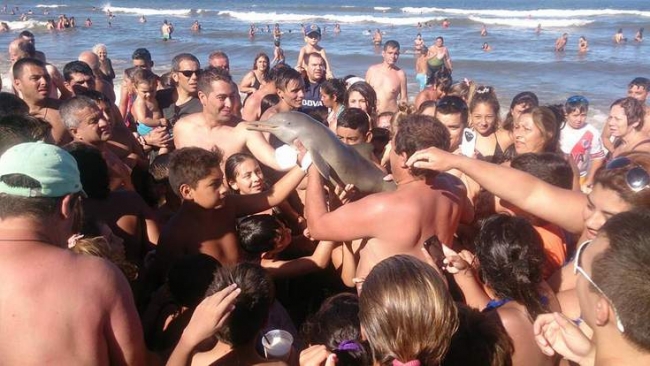
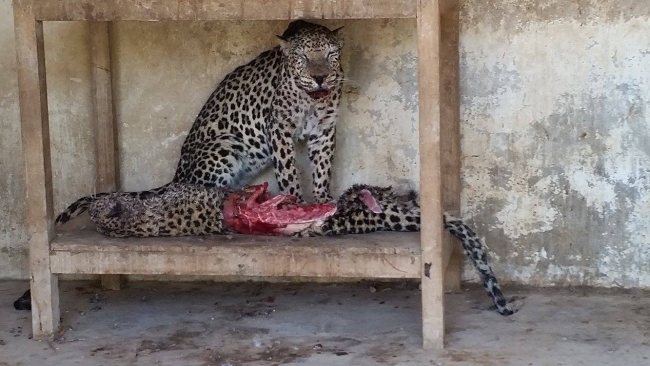
.jpg)

